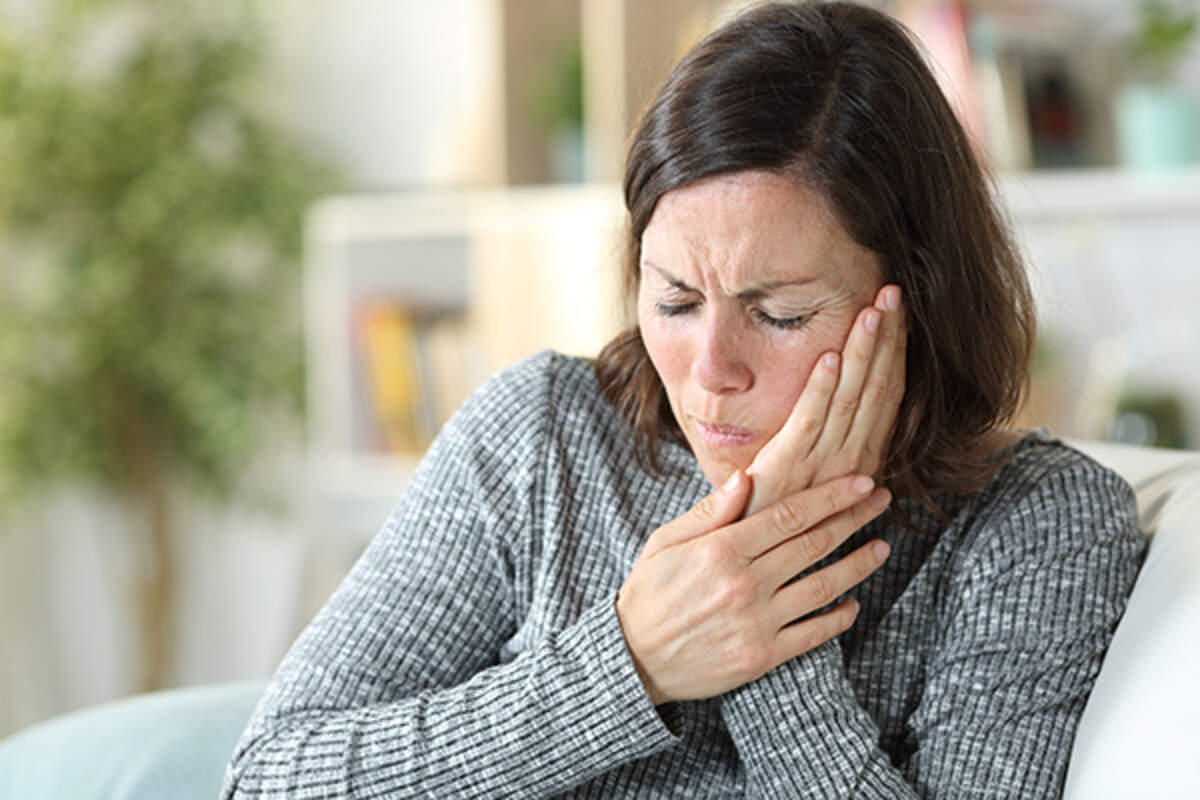
TMJ refers to a group of jaw-related health issues, but it is also an abbreviation for the temporomandibular joint. This joint, which is located in front of your ears on both sides of your head, is necessary for eating and talking. Disorders affecting this joint can result in a variety of issues, ranging from jaw pain and popping to headaches and difficulty eating. TMJ affects at least ten million Americans.
WHAT CAUSES TMJ DYSFUNCTION?
TMJ dysfunction can be caused by a number of factors. TMJ symptoms can be difficult to identify because they frequently appear for no apparent reason. TMJ can be caused by genetics, arthritis, dental injuries, dislocations, teeth clenching, muscle tension caused by prolonged stress, or poor posture causing neck and face tension. Women have a higher prevalence of temporomandibular joint dysfunction than men, especially women between the ages of 19 and 49. TMJ pain affects 90% of people in this age group. While the reasons for this aren’t completely understood, some theories include differences in bone structure and muscle density, as well as how women deal with stress. Scientists have also looked into a possible link between female hormones and painful TMJ.
SYMPTOMS AND SIGNS OF TMJ
TMJ is thought to cause a variety of symptoms, which can differ depending on the cause and/or severity of the problem. These can appear on either side of the face and are usually accompanied by jaw pain, tenderness, or stiffness, jaw popping, lockjaw, pain when biting, pain in the shoulders and neck, headaches, dizziness and/or vision problems, and a misaligned bite are all symptoms of TMJ.


